Choosing the right interior wall color is essential. It can affect the look and feel of a space. Let’s explore what to consider when selecting a color.
Take into account existing furniture, curtains, decorations, etc. Harmonizing the color of the walls with these elements can create a beautiful atmosphere.
The size of the room is also important. Lighter colors make small spaces look bigger. Darker colors are great for large rooms.
Texture matters too. Different finishes like matte or gloss can affect how the color looks in different lighting. Experimenting with textures can add depth.
Certain colors evoke specific emotions. For example, blue is peaceful, while red is energizing. Understanding the psychological effects of colors can help you pick the right one.
Choose thoughtfully. Consider décor, size, texture, emotions, etc. This way, you can turn your living space into a reflection of your style and personality. An inviting ambiance for yourself and your guests!
Understanding The Psychology Of Color
Color psychology is vital when selecting the perfect interior wall color. The colors we’re surrounded by can really influence our feelings, emotions, and overall wellness. Each color has special psychological results, so understanding them can help us make our living space just right.
Let’s start with blue. It’s often related to peace and quiet. It has a calming effect on the mind and body, which makes it excellent for bedrooms or places where you need to relax. On the other hand, yellow stands for joyfulness and positivity. It’s an upbeat, energizing color that’s good for places where focus and creativity are important.
Delve into: What is Luxury Interior Design Style
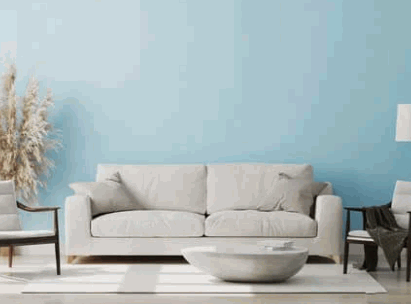
Next is green. It’s linked to nature and symbolizes growth and renewal. Green has a refreshing quality that can bring balance and peace to a space, making it suitable for workspaces and living areas. Red is strong and stands for energy and passion. It grabs your attention immediately and brings excitement. So it’s great for accent walls or spots where you want to focus attention.
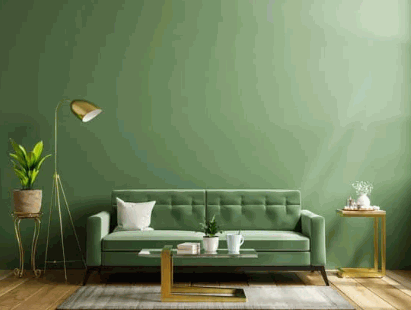
Purple is a mix of red and blue. It stands for luxury, creativity, and spirituality. This elegant hue adds grace to any room while inspiring and making people think.
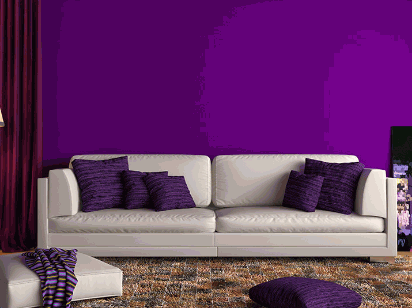
When selecting colors based on psychology, here are a few tips:
- For bedrooms or relaxation spaces, use cool shades like light blues or soft greens to create a tranquil atmosphere.
- For workspaces, go for shades of yellow or orange to stimulate focus and creativity.
- To give warmth and intimacy to a room, choose warm tones such as reds and sunset oranges for a welcoming feel.
- For a versatile backdrop, pick beige, gray, or white. These neutrals complement any color and make a peaceful, timeless atmosphere.
By understanding the psychology of color, you can make a living space that reflects the desired mood and vibe. So go ahead and make use of color to create a space that’s perfect for you.
Assessing The Existing Elements In The Space
Size and scale: Note down the room’s dimensions, plus any existing furniture or fixtures. This will help you pick the right colors.
Lighting: Assess both natural and artificial lighting sources in the room. Natural light changes throughout the day, affecting colors. Artificial lighting can also alter color perception.
Architectural features: Check out any architectural details like moldings, trim, or unique structural elements. These can inspire color choices and accentuate certain areas.
Flooring and finishes: Consider flooring type and color, and other finishes such as countertops and backsplashes. These should go with your wall color.
Take a look at Table 1 for a breakdown of elements to consider when choosing interior wall color.
Moreover, consider any unique design elements in the space. If you have a statement piece, pick a wall color that complements or highlights it.
To get the ideal wall color, analyze these existing elements. This will create a cozy atmosphere that reflects your style.
Considering The Mood And Atmosphere
Choosing the right interior wall color requires careful consideration of the desired mood and atmosphere you want to create. This involves selecting colors that evoke specific emotions and set the tone for the space. By understanding the semantic variation of “Considering the mood and atmosphere,” one can make informed choices to create an environment that aligns with their vision.
The use of warm tones like reds and oranges can create a cozy and inviting atmosphere, perfect for living rooms or bedrooms. On the other hand, cool colors such as blues and greens can promote a sense of calmness and relaxation, making them suitable for bathrooms or offices. Neutrals like whites and grays offer versatility and can be used to achieve a clean and modern look. By carefully considering the desired mood and atmosphere, one can create a harmonious space that reflects one’s personal style.
To further enhance the ambiance, it is essential to consider the natural lighting in the room. Rooms with ample natural light can accommodate a wider range of colors, including bold and vibrant shades. However, if the space lacks natural light, it is advisable to opt for lighter shades to create an illusion of brightness and openness. Additionally, the function of the room should also influence color choices. For example, stimulating colors like yellows and oranges can be beneficial in spaces where productivity is desired, such as home offices or study areas. Conversely, soft and soothing colors like pastels are perfect for bedrooms and relaxation areas. By taking into account these unique details, one can create a well-balanced and purposeful color scheme.
Historically, the importance of considering the mood and atmosphere when choosing interior wall colors can be traced back to ancient civilizations. Ancient Egyptians, for instance, believed in the power of colors and their ability to influence emotions and well-being. They used specific color schemes in their temples and tombs to evoke certain moods and create a sacred atmosphere. This practice continued throughout history, with different cultures and eras adapting their color choices to reflect their beliefs and societal norms. Today, interior designers rely on this timeless concept to transform spaces and create a desired ambiance.
When it comes to warm colors, think cozy fireplaces and the feeling that you’ll never want to leave your house…or at least until your snacks run out.
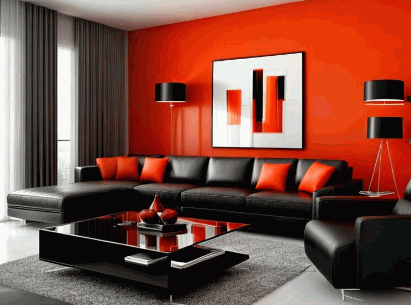
Warm Colors
Experience the power of warm colors! They have the ability to make a room feel smaller and more intimate. Plus, they pair well with rich textures like wood or velvet. Add pops of red or orange with decorative accessories such as pillows or artwork. Try different shades of yellow on statement pieces like accent walls or furniture upholstery.
Strategically incorporate warm hues throughout your home and create an atmosphere that promotes comfort and positive energy. Warm colors can transform any living environment. Let them evoke emotions and set the mood in any given space. Start exploring today!
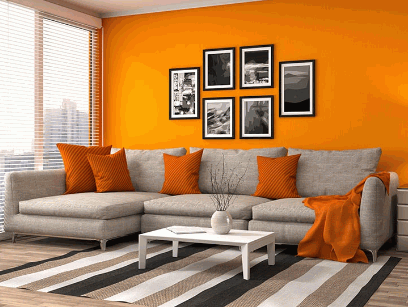
Cool Colors
Colors have the power to stir up emotions and give off a special vibe. When we talk about “cool colors”, we refer to a group of shades that create a tranquil mood. Let’s investigate the mesmerizing world of cool colors to figure out their influence.
- Cool colors encompass blues, greens, and purples.
- Blue is related to serenity, balance, and steadiness.
- Green stands for growth, revival, and relaxation.
- Purple means luxury, imagination, and spirituality.
- Including cool colors in your decor can create a calming and peaceful atmosphere.
Cool colors are known for bringing peace and harmony. They can relax our minds and ease stress levels. Sprucing up your home or workspace with cool colors can make it more relaxed and peaceful, leading to improved concentration and productivity.
Pro Tip: Spice up your cool-colored decor by blending various shades to add depth and visual appeal.
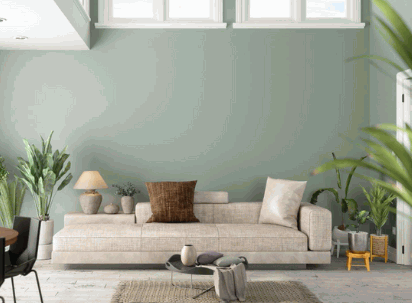
Determining The Purpose Of The Room
Furniture and décor are key when thinking about a space. Neutral wall colors give flexibility and allow for easy changes, while bold colors work well for specific aesthetics.
Personal preferences can also be taken into account. Colors can evoke emotions and memories – green may bring peace, for instance.
Sampling And Testing Different Colors
It is important to have a visual representation of the colors for effective sampling and testing. Make a table with the colors’ descriptions and characteristics. This will help you compare them easily and make a better decision. An example of the table looks like this:
| Color | Description | Characteristics |
|---|---|---|
| Blue | Calming and serene | Creates a sense of tranquility |
| Green | Fresh and vibrant | Brings a touch of nature indoors |
| Yellow | Bright and uplifting | Adds warmth and energy to a room |
| Neutral | Versatile and timeless | Provides a blank canvas for other elements |
Organizing the information this way helps you see the differences between the colors. This can help you decide which color fits your preferences, desired ambiance, and overall design.
When sampling and testing, consider lighting conditions. Natural light can change the color of the walls. So, it is best to paint small patches on different walls in the room. Observe how the colors change throughout the day.
Also, think about existing furniture, decor, and flooring in the space when sampling colors. See if certain shades will work with or clash with these elements. Figure out the atmosphere you want to create in the room. For example, pale hues can make a small room appear larger, while darker shades add depth and coziness.
Sampling and testing colors can help you choose one that enhances the overall aesthetic and atmosphere of your home. Visualize different options, consider lighting conditions, and assess how colors interact with existing elements. This will help you confidently pick the best interior wall color.
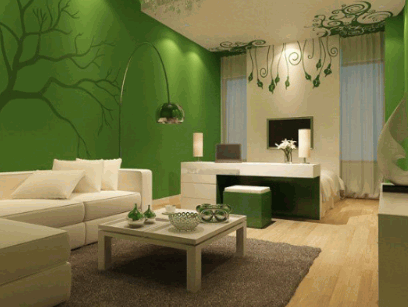
Identifying The Lighting Conditions
Observing the lighting carefully is essential when deciding on an interior wall color. To make the right choice, you must understand the area, sunlight patterns, and artificial light sources.
- See which way the sunlight is coming from and how strong it is. Also, note if it changes during the day.
- Look at how many windows your room has and their sizes, as this affects the amount of natural light that comes in.
- Check for any blockages or shading outside your windows, like trees or other buildings, which can filter or stop the sunlight.
- Note the color temperature of any artificial light sources in your room, to ensure they don’t clash with your wall color.
- Try different lighting fixtures and bulbs to create different moods and atmospheres in different areas.
- Think about how the lighting changes in different seasons. This will help you pick warmer or cooler wall colors that look good all year round.
Also, keep an eye out for any special details in your space that may affect the lighting. Mirrors, textures, and furniture placement can all change how light reflects off your walls.
The American Lighting Association (ALA) found in a study that being mindful of lighting conditions significantly increases satisfaction with interior wall colors.
Selecting The Color Scheme
Choosing the right colors for your interior walls can be tricky. Here’s what to think about:
- What’s the theme and style of your space? Modern or traditional? This will help with your color choices.
- What’s the purpose of each room? Relaxing? Creative? The function should guide your color selection.
- How big is the room? Lighter shades can make a small room look bigger. Darker colors add coziness to larger rooms.
- Look at the existing elements, like furniture, artwork, and flooring. Pick colors that match them.
- Try different shades and tones that are part of the same color palette. This adds more dimension.
Colors affect people differently. So, trust your instincts when making a final decision. A story from me: I once painted my living room in bold red. But, I felt agitated when I entered the room. An interior designer said red can increase heart rate and stimulate appetite. So, I changed the paint color to neutral tones. Instantly, I felt more relaxed.
Choose colors that reflect your style. But, consider the factors before painting!
Tips For Choosing The Right Shades
Picking the correct shades for your indoor walls can be scary. With so many choices, it’s important to remember a few main points.
- Consider the mood you’d like to create in each room: warm colors like red and orange can create energy and cool colors like blue and green can make a room more relaxed.
- Think about natural lighting – if a space gets a lot of light, use lighter shades to avoid it feeling too bright.
- Ponder the size of the room – lighter shades can make small rooms look bigger, while darker shades can provide coziness in larger spaces.
- Analyze existing furniture and décor – use colors that enhance your furnishings’ features.
- Sample colors before applying them – paint small patches and observe them in different lights during the day.
- Consult an interior designer – they can give expert advice.
- Don’t forget to paint ceilings and trim to create a cohesive look.
- Accent walls are also great for adding visual interest and breaking up large areas. They’ve been around for centuries.
Pick the right shades and you can turn a dull room into a fun and inviting space that reflects your style. Experiment and let your creativity shine!
Implementing The Chosen Color Scheme
Here are the steps to clean and prime the walls for durable paint:
- Smooth imperfections with sandpaper.
- Fill gaps and cracks with filler.
- Get quality brushes and rollers for a professional finish.
- Protect floors and furniture with drop cloths or plastic sheets.
- Cut in with a brush.
- Roll on the main areas from top to bottom.
- Let each coat dry before adding more layers.
To complement the color scheme:
- Add artwork, curtains, and furniture upholstery.
- Consider the natural light, room size, and desired mood.
Implement the chosen color scheme as an opportunity for self-expression and creativity.
Take action and create a captivating interior that reflects your unique style. Start implementing today and enjoy the transformation!
Conclusion
It can be scary to pick the right interior wall color. But don’t worry! After considering several factors, such as lighting, room size, and preference, you can make a decision with confidence.
Lighting matters. Natural light will show off colors differently than artificial light. Test different shades in both kinds of lighting to find the right one.
Room size matters too. Lighter colors make small rooms look bigger, while darker colors add warmth to larger ones.
Your preference also matters. Pick blues and greens for a calming bedroom, or yellows and oranges for a lively living area.
And don’t forget to look at trends and expert advice for ideas. Stay up-to-date on design trends to keep your home modern.
Now with all this in mind, be creative! Pick an interior wall color that reflects your unique personality and style. Make your home an expression of you – a place that truly feels like home.

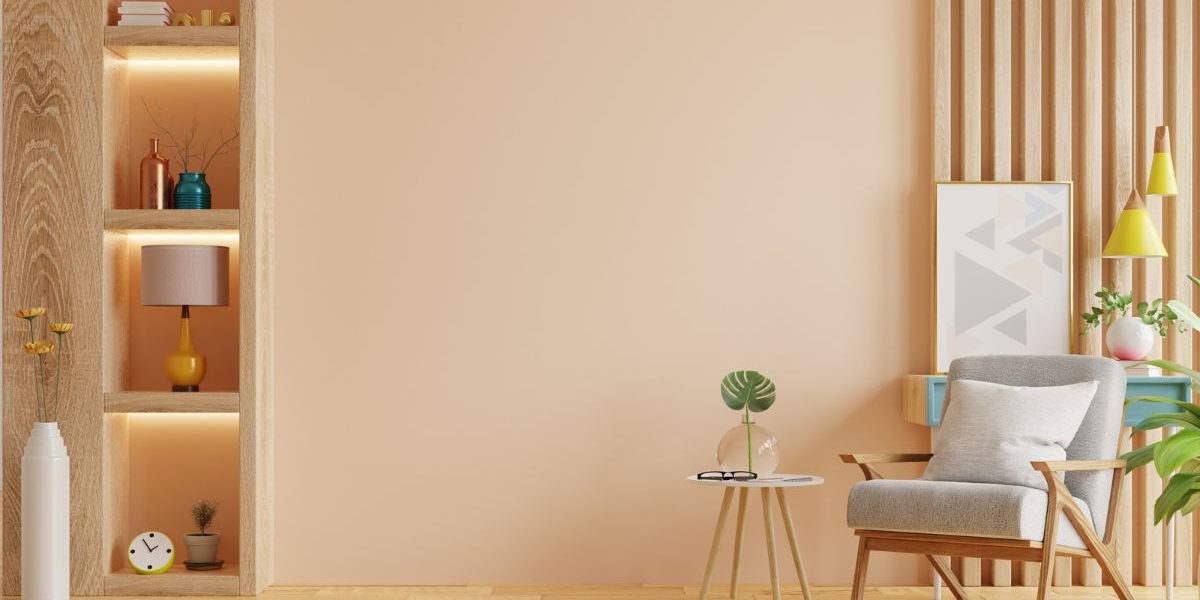

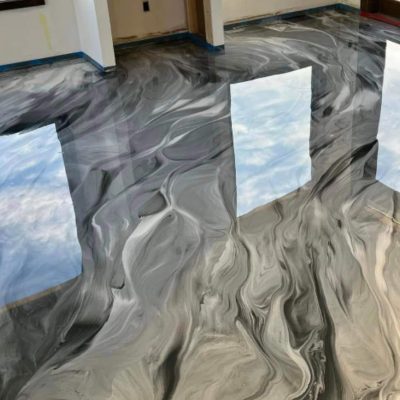
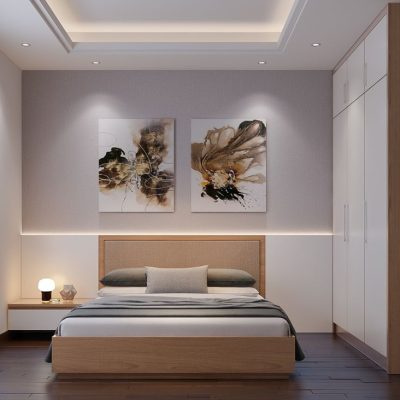




Comments